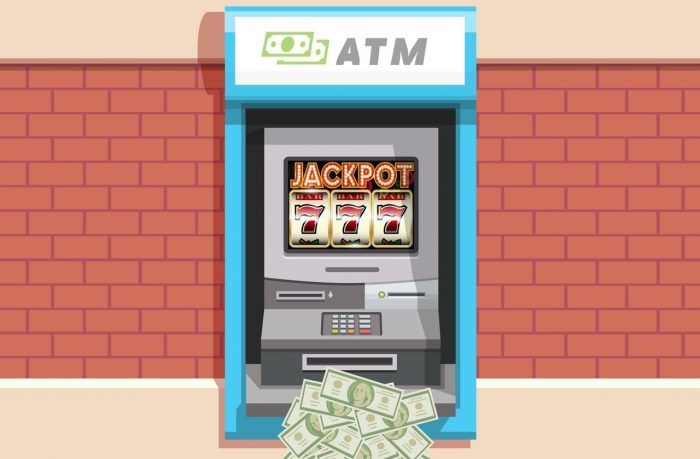
NFC carders hide behind Apple Pay and Google Wallet
Cybercriminals are inventing new ways to swipe money from payment cards by using credentials phished online or over the phone. Sometimes, just holding your card to your phone is enough to leave you penniless.
 NFC
NFC
 deepfakes
deepfakes
 tips
tips





 biometrics
biometrics
 money
money


 ATMs
ATMs
